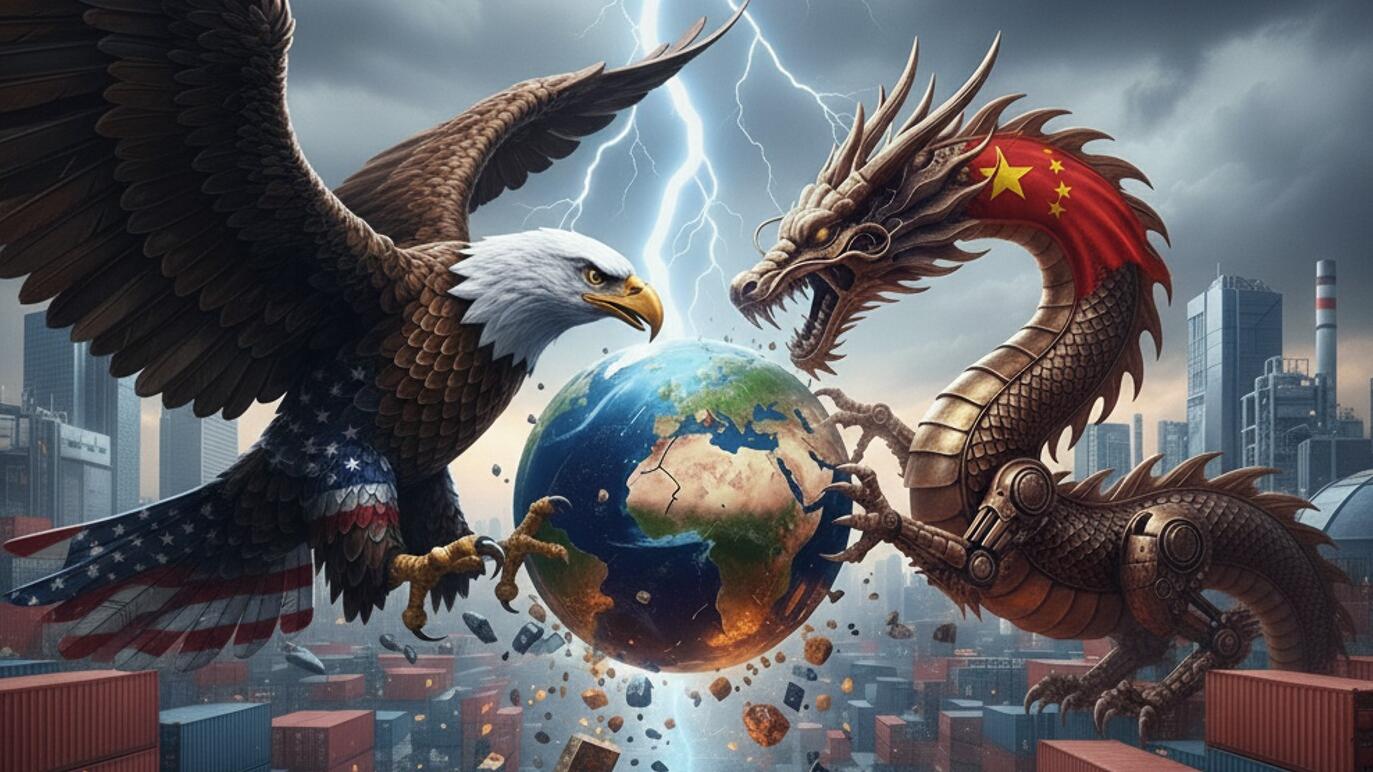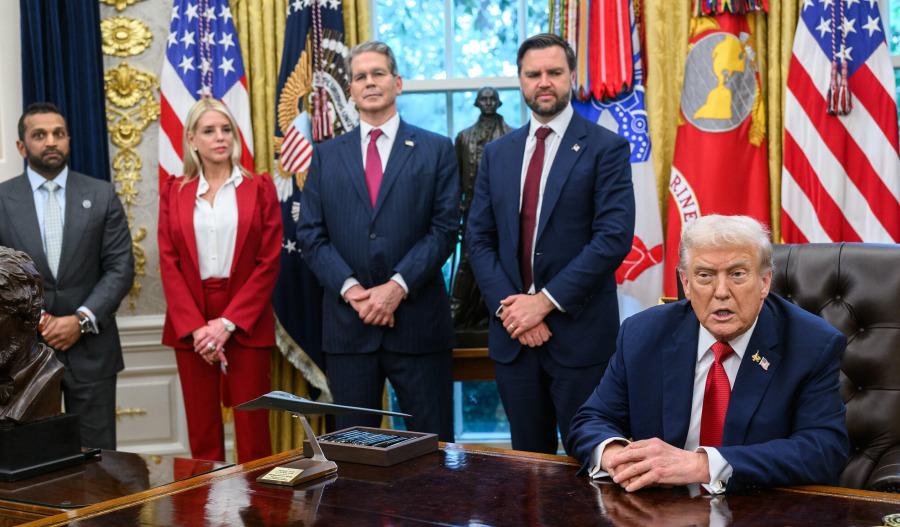After months of painstaking negotiations and temporary truces, the United States-China trade war has reignited with a vengeance and rare earths represent just one match in a box full of combustible issues.
On Friday, October 10, President Trump declared 100% additional tariffs on Chinese goods, marking the most dramatic escalation since April's "Liberation Day" chaos, when tit-for-tat levies pushed rates to 145% and nearly sent markets into bear territory.
“It has just been learned that China has taken an extraordinarily aggressive position on Trade in sending an extremely hostile letter to the World, stating that they were going to, effective November 1st, 2025, impose large-scale Export Controls on virtually every product they make, and some not even made by them,” Trump wrote on his Truth Social platform.
“This affects ALL Countries, without exception, and was obviously a plan devised by them years ago. It is absolutely unheard of in International Trade, and a moral disgrace in dealing with other Nations.”
Markets responded with the S&P 500 dropping 2.7%, the Nasdaq plunging 3.6%, and cryptocurrency liquidations hitting US$18 billion - the sharpest declines in six months.
Escalation on repeat
The current flare-up follows a familiar pattern that's been playing out throughout 2025.
Earlier this year, Trump imposed 145% duties on Chinese imports, and China retaliated with 125% tariffs.
By May, both sides had pulled back to 30% and 10% respectively, agreeing to a 90-day pause that's been renewed twice, most recently following discussions between U.S. and Chinese officials in Spain in September.
Progress has been illusory. Beijing's October 9 rollout of expanded rare earth export curbs has now provided Trump with the justification for his latest tariff threat.
Rare earths battleground 2.0
The CCP now requires that companies obtain licences for any product containing more than 0.1% Chinese-sourced rare earths or manufactured using Chinese technology - even if produced outside China.
Constraints are expanded from seven to 12 of the 17 rare earth elements, with new clamps on processing equipment and technology transfer.
The move carries significant weight, given that China processes 90% of global rare earths and Europe imports 98% of its rare earth magnets from the country.
Production lines are already shutting down across European automotive suppliers, with only 25% of export licence applications approved since April, prompting Germany to call it a matter of "great concern", while the EU Parliament termed it “unjustified and coercive”.
But rare earths aren't the only pressure point. China also froze soybean purchases from the US autumn harvest, added 14 Western entities to its Unreliable Entity List including Canadian semiconductor intelligence firm TechInsights, and continues delaying licence approvals despite previous agreements.
U.S. authorities claimed in September that China had struck a "framework for a TikTok deal," - though Beijing never confirmed any such agreement.
The promised rare earths supply pact from June talks followed a similar pattern, with Trump posting that "our deal with China is done" and that "full magnets and any necessary rare earths will be supplied, up front," - yet U.S. companies report the flow has been staggered, with licences approved in dribs and drabs.
William Yang at the International Crisis Group summarised Beijing's strategy: "Beijing will be happy to keep the U.S.-China negotiation going, but it is unlikely to make concessions."
Rhetoric versus reality
Trump's Truth Social post claimed China was imposing "large scale Export Controls on virtually every product they make, and some not even made by them" affecting “ALL Countries, without exception”.
A characterisation that doesn't quite match Beijing's disclosure, which specifically targets rare earths, related technologies, and products with military applications, with companies affiliated with foreign militaries facing automatic rejection for licences.
“China’s export controls are not export bans. Licenses will be granted for eligible applications,” its Ministry of Commerce (MOFCOM) said in a statement.
“Before the measures were announced, China had already notified relevant countries and regions through bilateral export control dialogue mechanisms."
In retaliation, the Trump administration said it would follow through on its threat of additional 100% tariffs on exports from the Middle Kingdom starting November 1.
Unnerved, China announced it will be charging special port fees on U.S.-linked vessels as its Ministry of Commerce extended a modicum of hope for further dialogue.
“The U.S. has long imposed the ‘de minimis’ rule for export controls, with a lowest threshold of 0%,” MOFCOM said.
"These measures of U.S. side have seriously harmed the legitimate and lawful rights and interests of companies, severely disrupted the international economic and trade order, and gravely undermined the security and stability of global industrial and supply chains.
“It is hoped the U.S. will face up to its mistake, move with China in the same direction, and return to the right track of dialogue and consultation.”
November deadlines loom
The disclosures have come three weeks before Trump and Xi were scheduled to meet at the APEC summit in South Korea - their first face-to-face since 2019.
That meeting now appears in jeopardy, with the U.S. President posting he sees "no reason" to attend.
Both sides are dug in, each accusing the other of acting in bad faith.
Trump's November 1 deadline for additional 100% levies - plus export constraints on "any and all critical software" - would push effective Chinese tariff rates above 130%.
That approaches the April peaks that spooked markets and forced both sides to the negotiating table.
Chinese policymakers have been clear in their response: “If the U.S. insists on going the wrong way, China will surely take resolute measures to protect its legitimate rights and interests”.
U.S. policymakers plan another round of discussions in November, though whether those parleys materialise depends on decisions made in the next three weeks.



